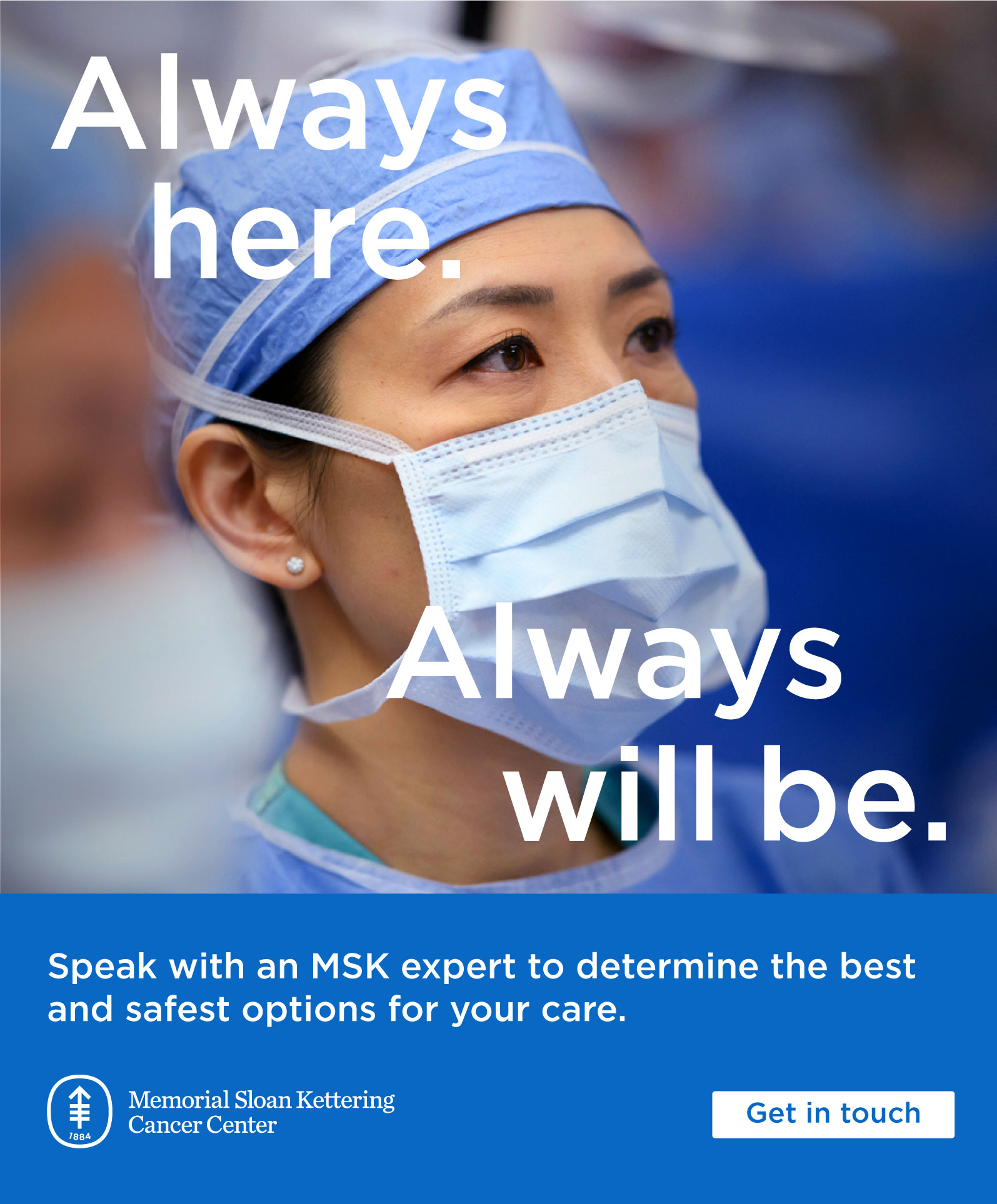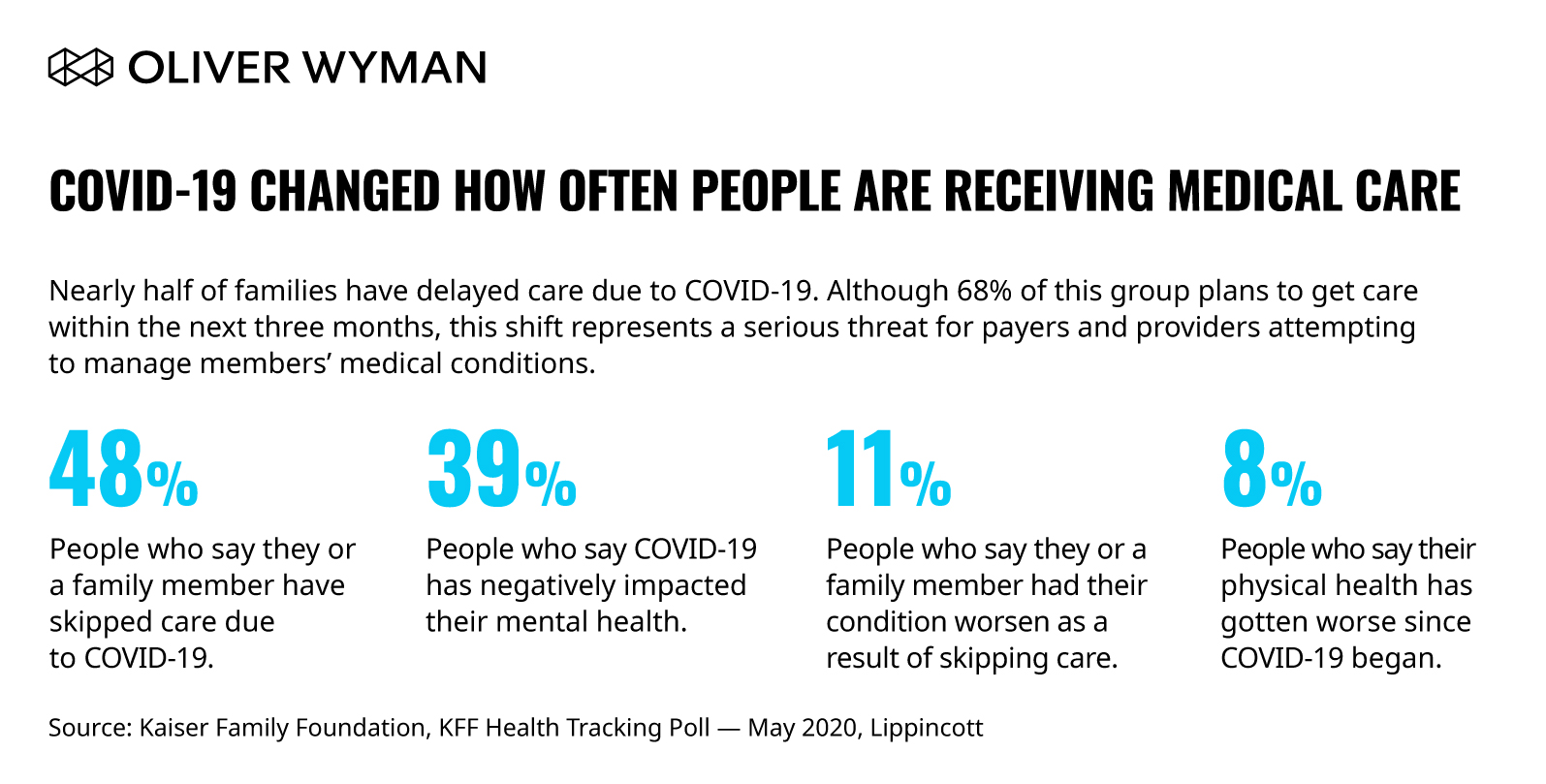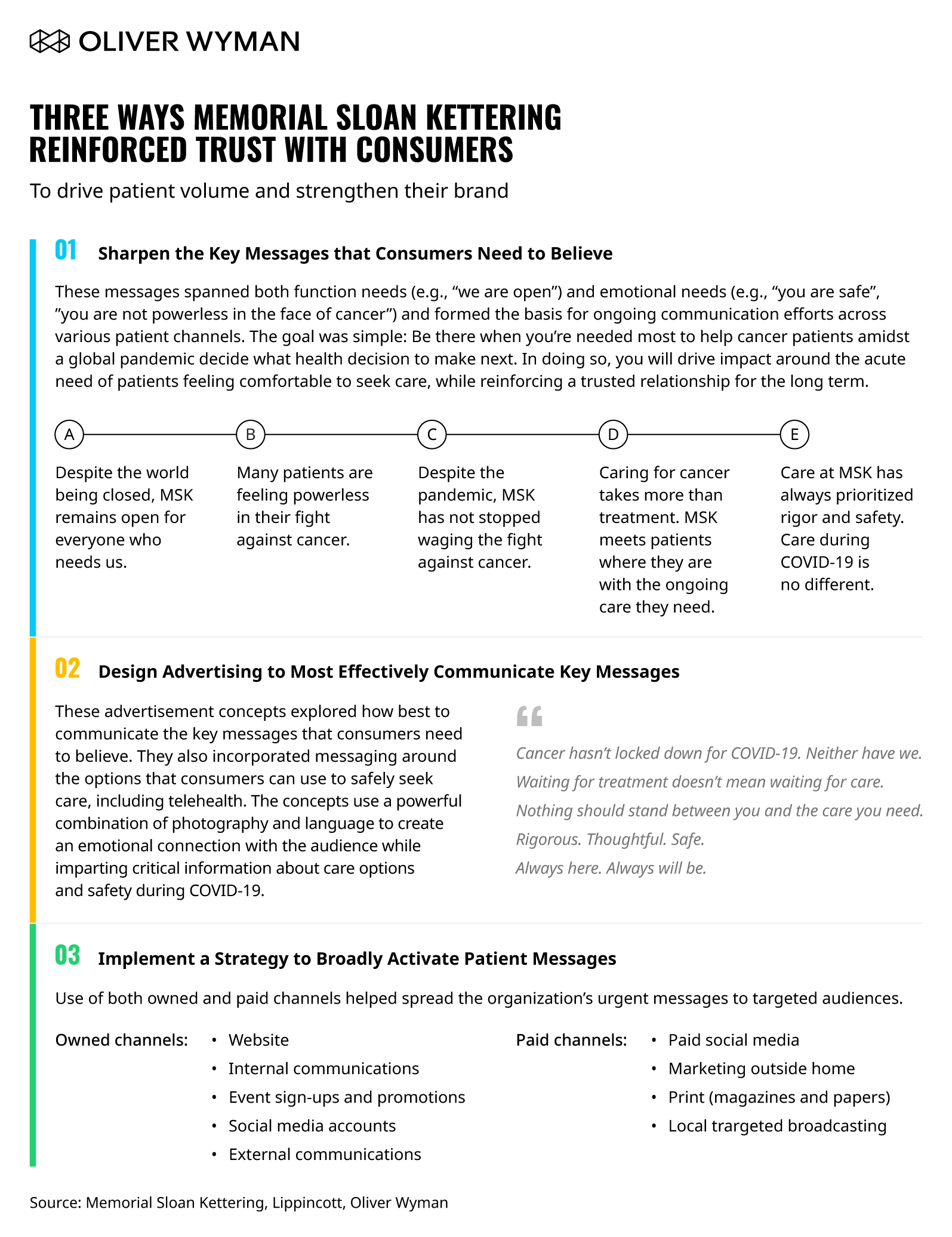About a year into the pandemic – with future waves of suppression still likely – many consumers continue to struggle with whether to delay their non-COVID-19 medical care or put themselves at risk of infection. Providers increasingly acknowledge this dilemma to be dangerously false.
At a time defined by ambiguity, consumers need to know it is safe to seek care. Their health – and even their lives – are at stake if they don’t. Patient fear has proven deadly.
Last Spring, deaths that were non-COVID-19 related and occurred outside of a hospital increased. In the meantime, in-hospital mortality declined. Nearly one in two Americans – 48 percent – say they or someone they live with has delayed care since COVID-19 began. This number may be further exacerbated as re-openings are paused amid new outbreaks.
Some leading health systems even believe that the death toll for non-COVID-19 out-of-hospital deaths may reach levels comparable to COVID-19-attributed deaths if patients continue delaying their care. But faced with unprecedented levels of stress, anxiety, and fear combined with misinformation, consumers continue to opt-out of elective services.
Uncertainty looms, not only for consumers but for the health systems treating consumers’ medical conditions. While some parts of the US (like Idaho) experienced only moderate disruption to elective surgeries, many others (such as Texas and Florida) had to shut down elective procedures entirely. Furthermore, it’s challenging to discern what near-term volume numbers mean in times like these – an increase in elective surgeries may only be fleeting.
A silver lining to all this is the recent telehealth boom that’s swept the industry. Consider, for example (according to CNBC, health system public information, and Oliver Wyman analysis) how the Cleveland Clinic has 800 visits a week before COVID-19, and 14,000 a week during. Or how according to Medicare Claims data from the Centers for Medicare & Medicaid Services (CMS), 11,000 Medicare members utilized telehealth services during the week ending March 7, and 1.3 million did so during the week ending April 18. DukeHealth, one of many more examples, went from less than one percent of all visits being telehealth visits before COVID-19 to over 70 percent currently. This is arguably an acceleration of a broader trend where virtual care becomes the default, as opposed to a near-term exception stemming from a shock to the system.
With this context in mind, there are two clear opportunities for health systems as they continue to monitor electives volume: First, get the message out that consumers are safer seeking care during COVID-19 than delaying it, in a way that best represents your organization and establishes trust for the near and long term. Second, clarify for consumers the options they have in seeking care safely, including telehealth.
A Case Study on Pursuing Opportunities: Memorial Sloan Kettering Cancer Center
COVID-19 outbreaks mean many Americans are choosing to skip cancer screenings and treatment. For example, in April of 2020 compared to April of 2019, screenings for breast cancer, colon cancer, prostate cancer, and lung cancer fell by 85 percent, 75 percent, 74 percent, and 56 percent respectively. The result of stats such as these, if declines remain steady or continue, will spark a rise in cancer-related health problems and cancer-related death for the years ahead. Missed screenings and other COVID-19-related care delivery impacts could cause more than 10,000 breast and colon cancer-related deaths over the next decade.
Memorial Sloan Kettering (MSK) was one of many organizations experiencing a decline in new patient volume. Their leadership team knew the misperception of unsafe cancer care in the time of COVID-19 needed to be addressed head-on. They mobilized internally and across agencies within a matter of days (with creative work led by Oliver Wyman’s sister agency, Lippincott), pulling brand, marketing, and media levers to create a holistic campaign that aims to address core consumer truths.
For MSK, shifting the mindset of existing and new patients represented an opportunity to save lives:
“Health outcomes improve significantly when cancer is diagnosed and treated at the earliest opportunity. We know that cancer care can’t wait, and we recognized the urgent need to reassure our patients that it is safe and essential for them to start care if they have symptoms, and continue their care if it is already underway. Our approach, which balanced reassurance with an approachable and human tone, spoke directly to their concerns and bolstered the trust and confidence necessary to bring patients back for their cancer care. The message has clearly resonated with our patients and with caregivers, and we are delighted to see patients coming in for potentially life-saving care and treatment.”
Be Bold, and Be Human
MSK pursued hard-hitting yet human ways to impart the critical facts consumers require to shift their mindset about seeking cancer care. The above examples are a combination of rich and simple messaging, clear tone of voice, and purposeful design to meet acute communications need and underscore what MSK wants to stand for as an organization more broadly, today and into the future.

An example of MSK's brand strategy in execution. | Source: Lippincott
Be Strategic in Where You Show Up
MSK consistently activated these messages across both owned and paid channels in key local markets, with connected content, voice, and design reinforcing the impact at each consumer touchpoint. Call to actions (CTAs) drove audiences to “get in touch” or “make a new appointment.” They also offered opportunities to “learn more” by driving sign-ups to information sessions for new and existing patients focused on dispelling misperceptions around safety in seeking care during this time, resulting in 10,000 information session attendees. The development of a dynamic campaign-specific landing page drove ad traffic and conversation, with 150,000 unique site viewers and 600 leads generated through the page in 12 weeks. Campaign elements were also leveraged for internal communications to ensure employees were aware of and aligned with the key information their patients needed.
Ads were consistently “signed off” with a CTA that drives audiences to “get in touch” or “make a new appointment” by going to a specific webpage designed for the campaign, signing up for a patient portal, or by calling directly. The ads also offer opportunities to “learn more” by driving sign-ups to information sessions for new and existing patients focused on dispelling misperceptions around safety in seeking care during this time, resulting in 10,000 information session attendees in the first 12 weeks of the campaign.
In total, the campaign garnered over 174 million impressions and generated over 9,500 new appointment leads in just 12 weeks and continues to be live in-market.
What Healthcare Leaders Need to Answer Next
Many healthcare leaders struggle with how their messaging plays out in the lives of their patients – solidifying trusted relationships with consumers during a critical time and into the new normal. Based on the above action plan and execution steps, we invite you to ask your team members to step back and better understand what your message is, versus what it needs to be. Act out of authentic, organic empathy.
- What are our patients' greatest fears, and why do they exist?
- What is our role in helping address our patients’ fears?
- What communications gaps exist today and need to be addressed by your company next?
- Why is this an investment we must prioritize both immediately and over the long-term?
- What are the right messages to communicate to patients based on their fears and our communication gaps?
- How do we communicate these messages through the right combination of design and language to best represent our brand?



